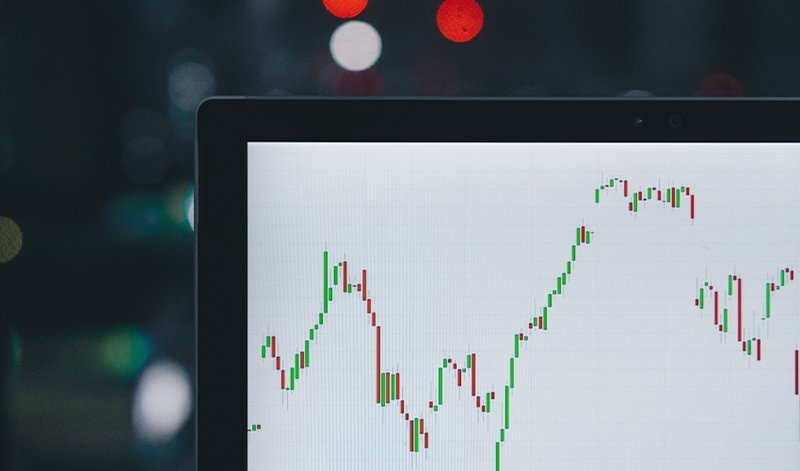As outlined in our FY24 Directors’ Remuneration Report, given the timing of the acquisition of the Fantech group of companies in Australasia, the Remuneration Committee was not in a place to approve the FY25 LTIP targets when the Annual Report was signed-off. Following the completion of the acquisition and an assessment of the impact on the measures we use for LTIP purposes, the targets have now been approved by the Committee. The targets for the FY25 LTIP award are outlined below.
| Measure | Weighting | Below threshold (0% vesting) |
Threshold (25% vesting) |
Maximum (100% vesting) |
| EPS growth | 60% | Below 6% p.a. | 6% p.a. | 12% p.a. |
| TSR vs Direct Peer Group index1 | 20% | Below median | Median | Upper quartile |
| ESG – Low carbon revenue % | 10% | <63.4% | 63.4% | 66% |
| ESG – Carbon intensity | 10% | >11.7 | 11.7 | 11.0 |
1 Direct Peer Group consists of Ariston, Belimo, Breedon, Epwin, Eurocell, Forterra, Genuit, Ibstock, Lindab, Luceco, Marshalls, Norcros, SIG, SystemAir and Zehnder
As signalled in the FY24 Directors’ Remuneration Report, both the TSR and EPS growth targets mirror those set last year. The TSR targets are in line with typical market practice. The compound EPS growth targets continue to be very stretching, with threshold requiring c.19% EPS growth over the performance period and maximum requiring c.40% EPS growth over the period.
As anticipated, the Fantech acquisition has a material impact on the ESG targets. As set out in in our interim results published in March 2025, the Group’s low carbon revenue percentage is diluted by the acquisition of Fantech given Australasia market dynamics. However, both management and the Committee were of the view that it was appropriate to set a target including Fantech to ensure that there is a focus on making improvements there as well as the rest of the Group. Had Fantech been excluded, the targets would have been set at higher levels than the FY24 LTIP grant.
The carbon intensity targets have been based on our SBTi approved targets, which are externally validated targets. These SBTi targets were approved in February 2025 and factored in changes to the methodology which resulted in: i) a restatement to the FY23 carbon intensity that was disclosed in the FY24 Annual Report which was due to upward revisions to official country specific electricity emissions factors and capturing of additional vehicles in our UK CO2 measurement; and ii) a slight year-on-year increase to the FY24 carbon intensity figures primarily due to acquisitions and changes to carbon conversion factors.
In the case of future changes to the underlying methodology for in-flight LTIP awards the Committee will be minded to make similar adjustments to ensure that participants are not materially better or worse-off due to the methodology change.
These targets will also be disclosed in our 2025 Directors’ Remuneration Report.


